TSMC: how a Taiwanese chipmaker became a linchpin of the global economy

Roula Khalaf, Editor of the FT, selects her favourite stories in this weekly newsletter.
When Li Ta-sen was a little boy, he used to walk to school through fields of sugarcane taller than himself. Some 40 years later, he is making a living by selling off the same fields as a property boom takes hold in his hometown of Shanhua.
The reason for the construction frenzy in the once shabby rural town in southern Taiwan is simple: the arrival of the world’s most advanced chip factory.
Taiwan Semiconductor Manufacturing Company, the largest contract chipmaker in the world, is building a plant to make 3 nanometre chips, semiconductors expected to be up to 70 per cent faster and more power-efficient than the most advanced in production now and which will be used in devices from smartphones to supercomputers.
“Prices for the adjacent agricultural land tripled last year, and we had the highest transaction volume in our 10-year history,” says Li, who runs the local branch of real estate broker Century 21, and has watched TSMC engineers snap up newly-built apartments and town houses.
But the impact of TSMC’s new fabrication plant, or “fab”, radiates far beyond southern Taiwan. In the world of semiconductors, this is the centre of the universe.
The plant, due to start mass production next year, will use process technology which so far only TSMC and South Korea’s Samsung Electronics have mastered — at present, the most advanced chips are 5nm. The new chips bring huge advantages for customers: the smaller the transistors on a chip, the lower the energy consumption and higher the speed.

Measuring 160,000 square metres, the size of 22 football fields, the plant is commensurate with TSMC itself: a hulk with a stranglehold on global semiconductor manufacturing.
Normally a low-key company, TSMC’s massive investment in cutting-edge technology and growing influence are quietly drawing it into the limelight.
At a time when a global chip shortage has forced slowdowns or even suspensions of car production from Japan to Europe and America, and with politicians in many countries making noises about bringing more manufacturing onshore, the Taiwanese company’s dominant position in global chip production is attracting attention.
Given that China retains a standing threat of invasion of Taiwan, the country has long been at the centre of the military rivalry between Washington and Beijing in east Asia. But it is also increasingly being caught up in the technological competition between the two superpowers.
China’s companies have been unsuccessful in their bid to match TSMC’s manufacturing prowess, but the US has also started to struggle: Intel is set to outsource some production of processors, its crown jewel, to the Taiwanese company. In Washington, the Pentagon has been quietly pressing for the US to invest more in advanced chipmaking, so that its weapons are not dependent on foreign manufacturers.
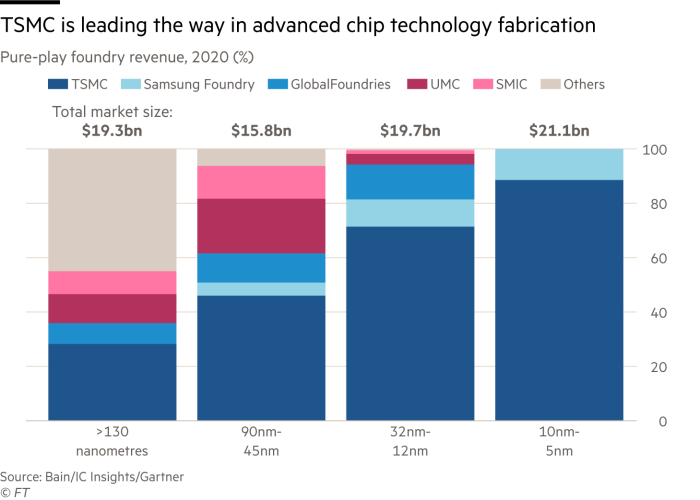
All of that makes TSMC possibly the most important company in the world that few people have heard of.
While many governments would love to be able to mimic its success, they are likely to find the costs of trying to match TSMC prohibitive. And its customers are beginning to realise they are not dealing with a traditional supplier.
“The automakers very much believe they are the giants in the world,” says Ambrose Conroy, founder and chief executive of Seraph, a supply chain consultancy. “But this is a situation where the semiconductor manufacturers are the giants, and the automotive purchasing teams are the ants.”

Foundry victory
TSMC has long gone largely unnoticed because the semiconductors it manufactures are designed and sold in products by branded vendors such as Apple, AMD or Qualcomm. Yet the company controls more than half of the world market for made-to-order chips.
And it is getting more dominant with every new process technology node: while it only accounts for 40 to 65 per cent of revenues in the 28-65nm category, the nodes used for producing most car chips, it has almost 90 per cent of the market of the most advanced nodes currently in production.
“Yes, the industry is incredibly dependent on TSMC, especially as you get to the bleeding edge, and it is quite risky,” says Peter Hanbury, a partner at Bain & Company in San Francisco. “Twenty years ago there were 20 foundries, and now the most cutting-edge stuff is sitting on a single campus in Taiwan.”
Since every new node of process technology requires more challenging development and bigger investment in new production capacity, other chipmakers have over the years started focusing on design and left production to dedicated foundries such as TSMC.
The steeper the cost became for new fabrication units the more other chipmakers started to outsource, and the more TSMC’s competitors in the pure-play foundry market dropped out of the race.
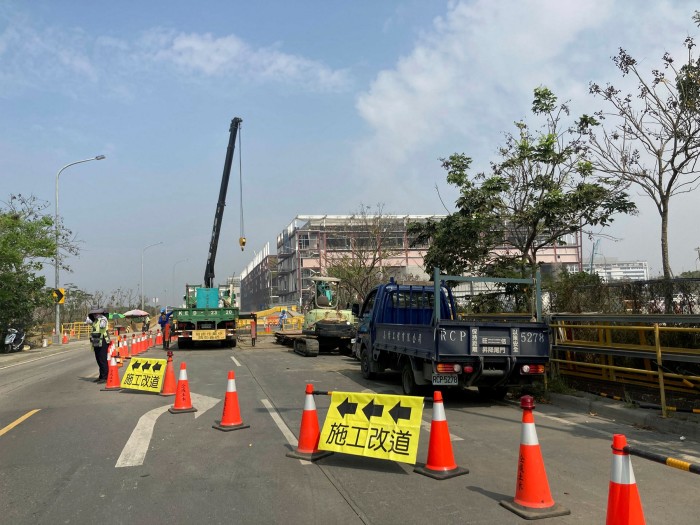
This year, TSMC upped its forecast for capital investment to a whopping $25bn-28bn — potentially 63 per cent more than in 2020 and putting it ahead of both Intel and Samsung. Analysts believe that includes at least some investment in capacity the Taiwanese manufacturer needs to supply Intel. The US chipmaker is forced to outsource part of its processor production because it has struggled to master two successive process technology nodes — 10nm and 7nm — in time to make its own chips.
Intel’s stumble on the second successive generation of manufacturing technology triggered a call from an activist investor last year for the company to abandon chip manufacturing by switching to a “fabless” business model, as so many other chipmakers have done.
Pat Gelsinger, Intel’s new chief executive, rejects that idea. “Confidence in 7 nanometre is increasing,” he told investors and journalists in a video message on Tuesday. He said the company was increasing its engagement with TSMC and other foundries and outsourcing the manufacturing of some processors to TSMC.
Despite Gelsinger’s pledge to resurrect Intel’s manufacturing prowess, the company needs TSMC at least for a transition period in order to stop losing market share for central processing units — the heart of every computer and server — to its rival AMD.
According to two people familiar with TSMC and Intel, the US company has had a team working with TSMC for more than a year to prepare outsourced production of CPUs at the new Tainan fabrication plant.
Mark Li, a chip industry analyst at Bernstein, estimates that Intel will outsource 20 per cent of its CPU production to TSMC in 2023, and the Taiwanese company needs to invest about $10bn in capacity for that alone.
The prohibitive cost has made it increasingly difficult for other companies to stay in the game of advanced chip manufacturing. But as the Intel example shows, money is not the only factor. Shrinking the size of transistors — the key feature necessary for cramming ever more components into one chip, which in turn allows continued cost and energy efficiency — is becoming a challenging feat of engineering.
The transistor size in a 3nm node is just 1/20,000th of a human hair. The tweaks to machinery and chemicals needed to achieve this come more easily with the single-minded focus on this manufacturing technology, the large scale and broad range of applications that TSMC has developed.
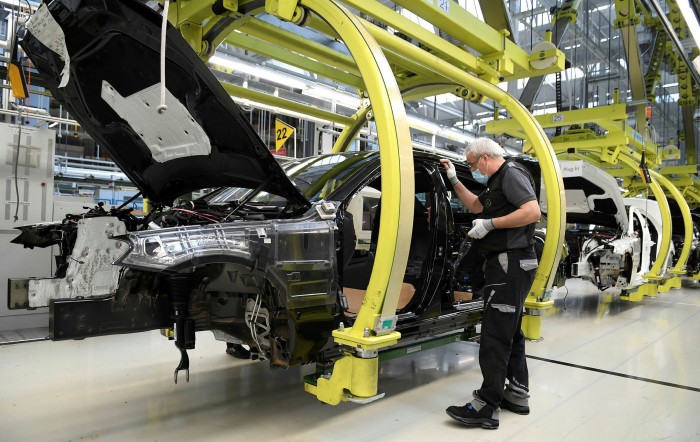
Supply chain concerns
TSMC’s increasingly dominant position in chip manufacturing is starting to attract political attention. The shock from the auto chip shortage is reinforcing the pressure from governments to bring vital supply chains closer to home in order to make them less vulnerable to disruption in scenarios like the Covid-19 pandemic and secure them against influence from geopolitical adversaries such as China.
In the US, lawmakers are citing the chip shortage as proof that the country needs to revive more semiconductor manufacturing at home. Last year, TSMC committed under political pressure from the administration of Donald Trump to build a $12bn plant in Arizona.
Japan is also getting worried. Last month, TSMC announced it would set up a subsidiary in Japan to conduct research in new semiconductor materials. Japan dominates upstream material supplies to the semiconductor industry. “It is unsafe if TSMC is only in Taiwan; you have to spread things out a little more,” says a Japanese government official. “This is to counter the risk of a Taiwan war. That risk is very real.”
Even EU member states are now aspiring to bring cutting-edge chip production back to Europe with an initiative that seeks investment in a 2nm chip plant — the next generation of process technology node after the 3nm factory that TSMC is building in southern Taiwan.
TSMC in numbers

$25bn-28bn
TSMC’s planned capital investment this year — up to 63% more than in 2020 and ahead of Intel and Samsung. One analyst says Intel will outsource 20% of its CPU production to TSMC in 2023
3nm
Nodes in chips to be built at Shenhua. Their transistor size is just 1/20,000th of a human hair. The most advanced chips currently in production are 5nm
90%
TSMC’s share of the market for the most advanced nodes currently in production. it has about 40-65% of revenues in the 28-65nm category used most in carmaking
If TSMC has to yield to this mounting pressure, it would put a strain on its business model. According to analysts, one key reason the company is so efficient and profitable is its concentration of manufacturing in Taiwan. “TSMC’s major sites in Taiwan are sufficiently close enough that TSMC can flexibly mobilise our engineers to support each other when necessary,” says TSMC spokeswoman Nina Kao. A person close to the company estimates that production costs in the US are 8 to 10 per cent higher than in Taiwan.
TSMC is therefore not ready to disperse its manufacturing operations across the globe. “In the US, we committed to building a fab after the authorities made clear that they would subsidise the cost gap. In Japan, our investment is focused on an area of technology that is key to our future,” says a senior TSMC executive. “But in Europe, the case is not that strong, and [the Europeans] really should figure out what exactly it is they want, and whether they can maybe achieve it with their own chipmakers.”
European semiconductor insiders agree. European chipmakers like Infineon, NXP and ST Micro dominate the market for auto chips and some other niches. But they have long focused their attention on chip design, not production. Several of Europe’s largest chip companies retain some fabrication units, but they have avoided investing billions in new capacity and outsource a lot of production to foundries such as TSMC instead. Europe’s chip capacity therefore lags several generations of process technology behind industry leaders like TSMC and Samsung.
“We are at 22nm now. Going from 22 to 2nm is like jumping to the top of the Taipei 101 skyscraper — if you fail, you crash,” says a senior executive at a European chip company. “In addition, our need for cutting-edge capacity in Europe is really not that convincing. We specialise in semiconductors different from the chips for mass market consumer devices that dominate the US chip demand, and therefore the cost gains from cutting-edge production technology are not as crucial for us as for TSMC’s American customers.”
In the US, TSMC’s commitment is also more limited than it may seem from the $12bn it has said it will invest. The new plant in Arizona is to run on 5nm, a technology which is cutting-edge now, but when it starts mass production in 2024 it will trail the 3nm facility TSMC is building in southern Taiwan.

Moreover, one TSMC plant in the US cannot be used for everything: most of the chips used in cars can be produced with the larger 28-65nm nodes — a mature segment of the market in which TSMC is less dominant. The Taiwanese company’s commitment to invest in the US is first and foremost the result of long-term efforts by the Pentagon to recreate some advanced chip manufacturing capacity in the US for a secure defence supply chain.
The increasing concentration of semiconductor manufacturing away from US shores has had the Washington defence establishment worried for more than a decade. This is because the technology is key to weapons production, from the processors powering supercomputers that help model missile trajectories to the heat-resistant chips in missiles themselves. And the significance of semiconductors for defence will only increase with the rise of unmanned systems such as combat drones.

Industry experts also warn that government-led efforts to reshore chip manufacturing may be unsustainable. “I think what folks don’t realise is that this is not a one-time fix,” says Hanbury. “If you want 3nm, that is going to cost you $15bn, and then two years later, you are going to have to spend another $18bn, and after that, another $20bn. The numbers are massive, and it is an ongoing investment to stay at the leading edge.”
That is exactly the reason why TSMC grew so dominant in the first place. Its competitors, including US-based GlobalFoundries and Taiwan rival UMC gradually abandoned the ambition to compete with cutting-edge capacity because the investment required was just too big.
Although the noise about TSMC’s dominant position has surfaced only now, the Taiwanese company’s dominance has had its customers concerned for quite some time.
“The fabless companies have had concerns for several years that TSMC’s dominant position would give it more pricing power,” Hanbury says. He adds that those concerns grew more acute when GlobalFoundries, TSMC’s only remaining American competitor, dropped out of the race to develop leading-edge production capacity in 2018.
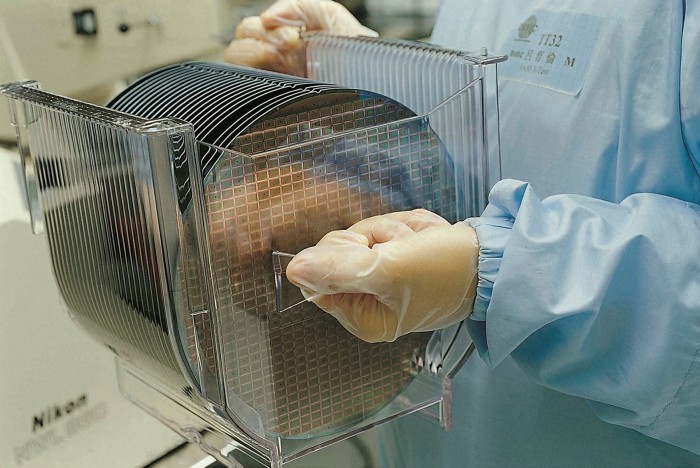
And while Semiconductor Manufacturing International Corporation (SMIC), China’s largest foundry, is still pledging to press ahead, it is now hampered by the US decision last year to use export controls to bar it from receiving equipment needed for building cutting-edge chip production facilities.
That leaves Intel. Despite its travails with advanced production technology, the company announced on Tuesday that it was setting up a dedicated foundry business, and will invest $20bn in two new fabs in Arizona.
Some industry experts are sceptical. “I would say this is difficult because Intel tried this before a few years ago, and they could not make it work even though they still had the best process technology at the time,” says Sebastian Hou, head of technology research at CLSA, a brokerage.
TSMC will not yield easily. With its huge capital investment plans for this year, the company has already signalled that it is determined to hold on to its lead. A “significant portion” of TSMC’s projected capital expenditure will go into extreme ultraviolet (EUV) lithography machines, equipment that is indispensable in cutting-edge fabrication units, says an executive at a semiconductor tool vendor.
ASML, the Dutch company which dominates the EUV market, said on its most recent earnings call that its capacity falls short of demand. Industry insiders therefore believe that every order placed now by TSMC will help it keep any potential competitor at arm’s length.
“For sure, the longer Intel takes to tackle their difficulties, the wider the gap will open,” says the semiconductor equipment company executive. “TSMC will remain unassailable for the time being.”
*This article has been amended to clarify sourcing on the estimate of the difference in production costs between the US and Taiwan.
Weekly newsletter
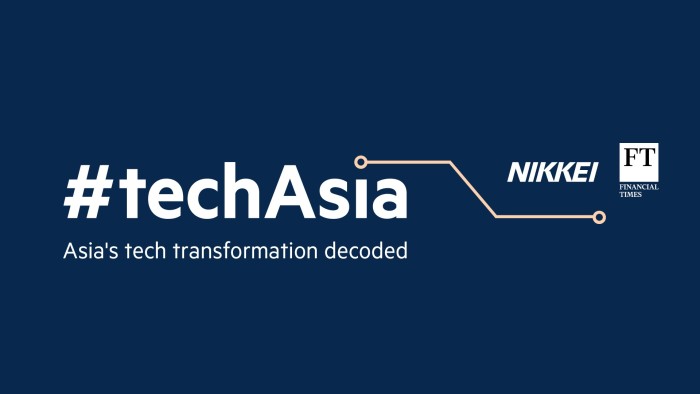
Your crucial guide to the billions being made and lost in the world of Asia Tech. A curated menu of exclusive news, crisp analysis, smart data and the latest tech buzz from the FT and Nikkei
Letter in response to this article:
Taiwan group is a model of state-private collaboration / From Robert H Wade, Professor of Global Political Economy, London School of Economics, London WC2, UK
Comments